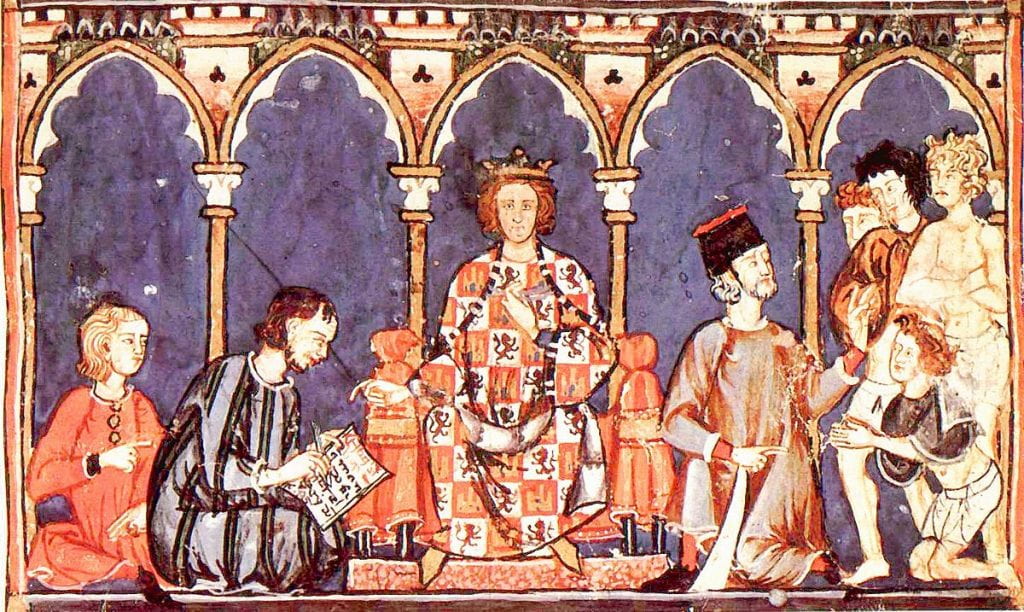
The Biblical story of a great flood around the world is told in Genesis. But it is also told in other world texts, as well. A version of the story is recounted by Alfonso X of Castile in the historiographic work, the General Estoria.
In “The Presence of Rabbinical Exegesis in the Account of the Flood in the General Estoria,” a book chapter in Conflict and Collaboration in Medieval Iberia, Dr. David Dominguez Navarro (associate professor in the World Languages and Literatures Department) argues that the Bible was not the only source used for the Castilian version. It has a rich legacy from other texts. “A closer look at the text from a new perspective demonstrates the variety of the sources employed in its composition and the original interpretative focus of many sections of the episode of the Flood,” writes Dr. Navarro.
Several details–including differences in the role of a raven or dove as messengers and the origins of evil–have parallels with rabbinic and midrashic writings not cited in Genesis, such as the Book of Enoch. In fact, the chapter argues that this version of the story more closely links to rabbinical ideas than to Roman Catholic ideas that are and were popular in Spain. “This apocalyptic vision approaches that revealed in various midrashim, distancing itself from the patristic conception of the origin of evil portrayed by the rebellion of Satan and his followers,” writes Dr. Navarro.
Dr. Navarro’s work highlights the contributions of Afonzo X of Castile, also known as Alfonso the Learned, Alfonso the Wise, and Spanish Alfonso el Sabio, who was the king of Castile, León and Galicia in the 13th century. His reign brought policies of cooperation between the Hebrew, Arabic, and Christian cultures in medieval Spain. Texts from his time might help show how such cooperation can happen today.
